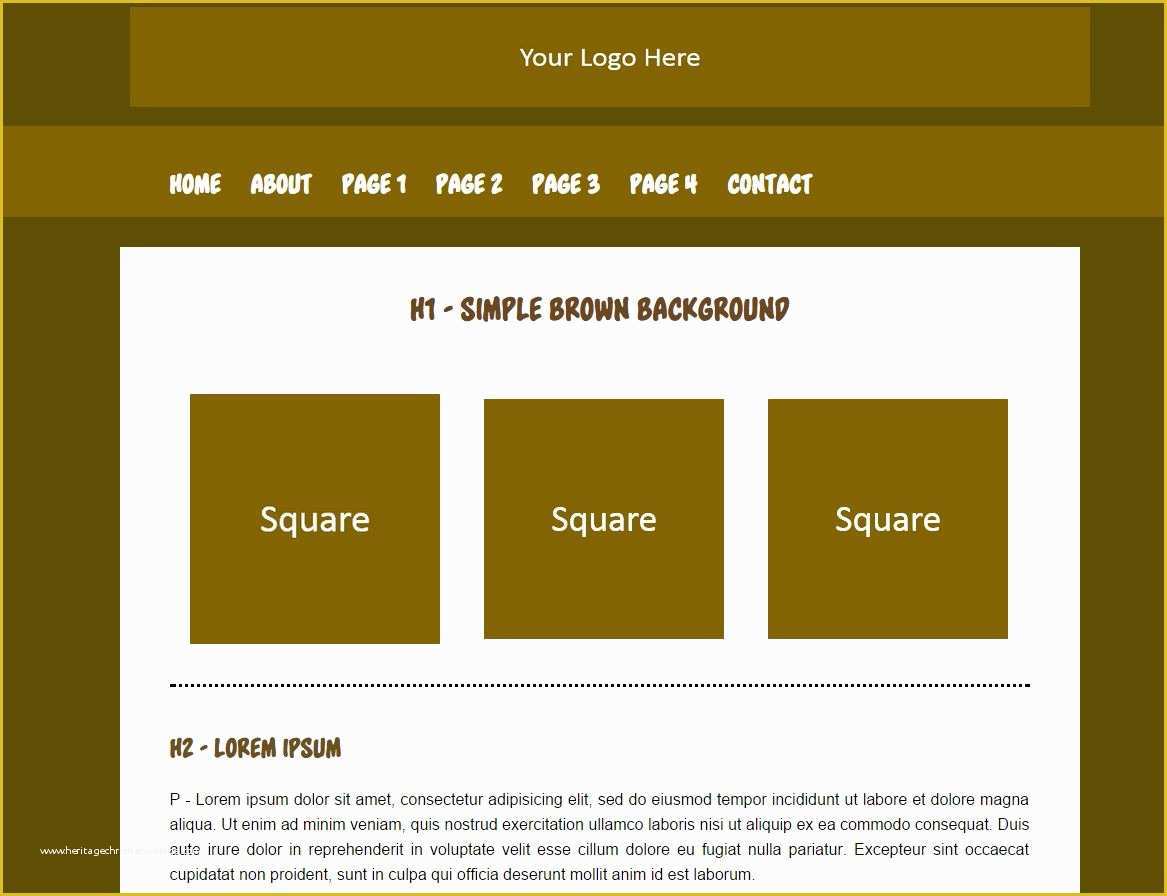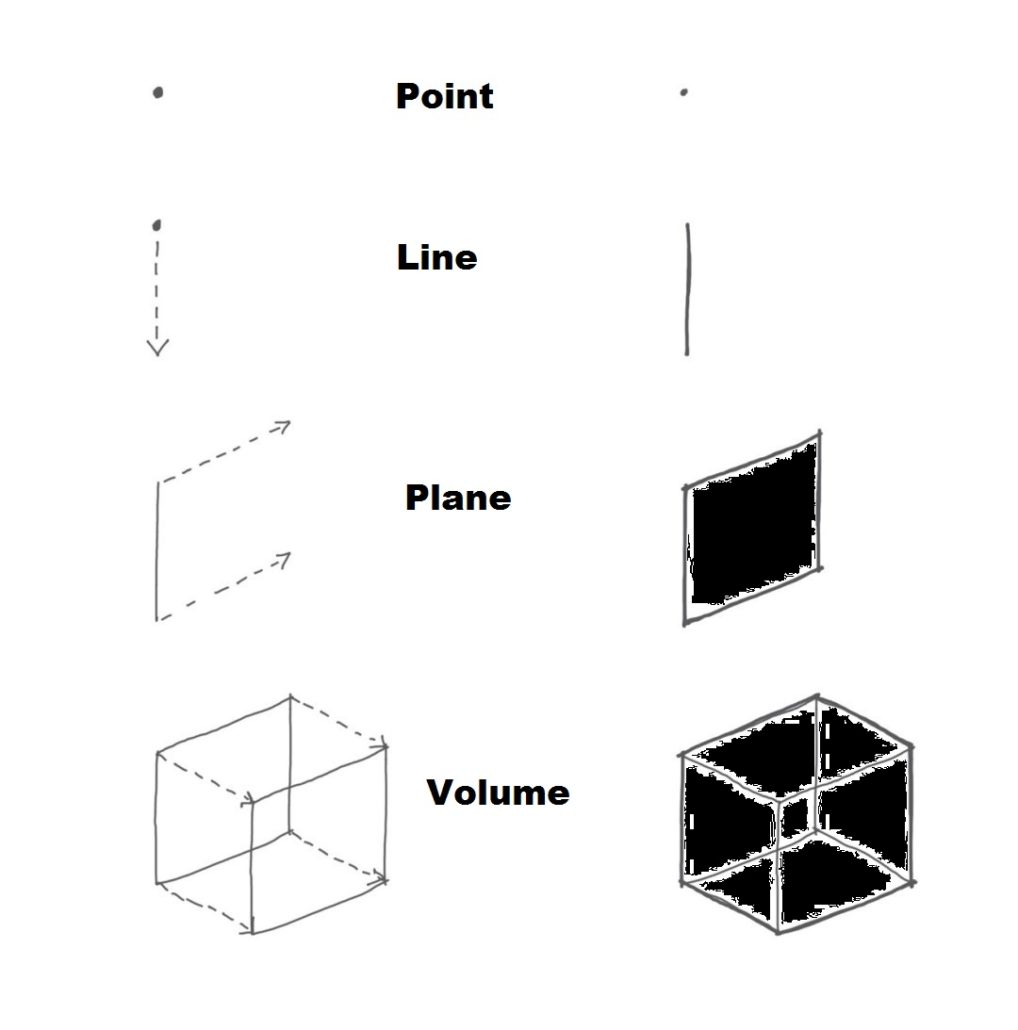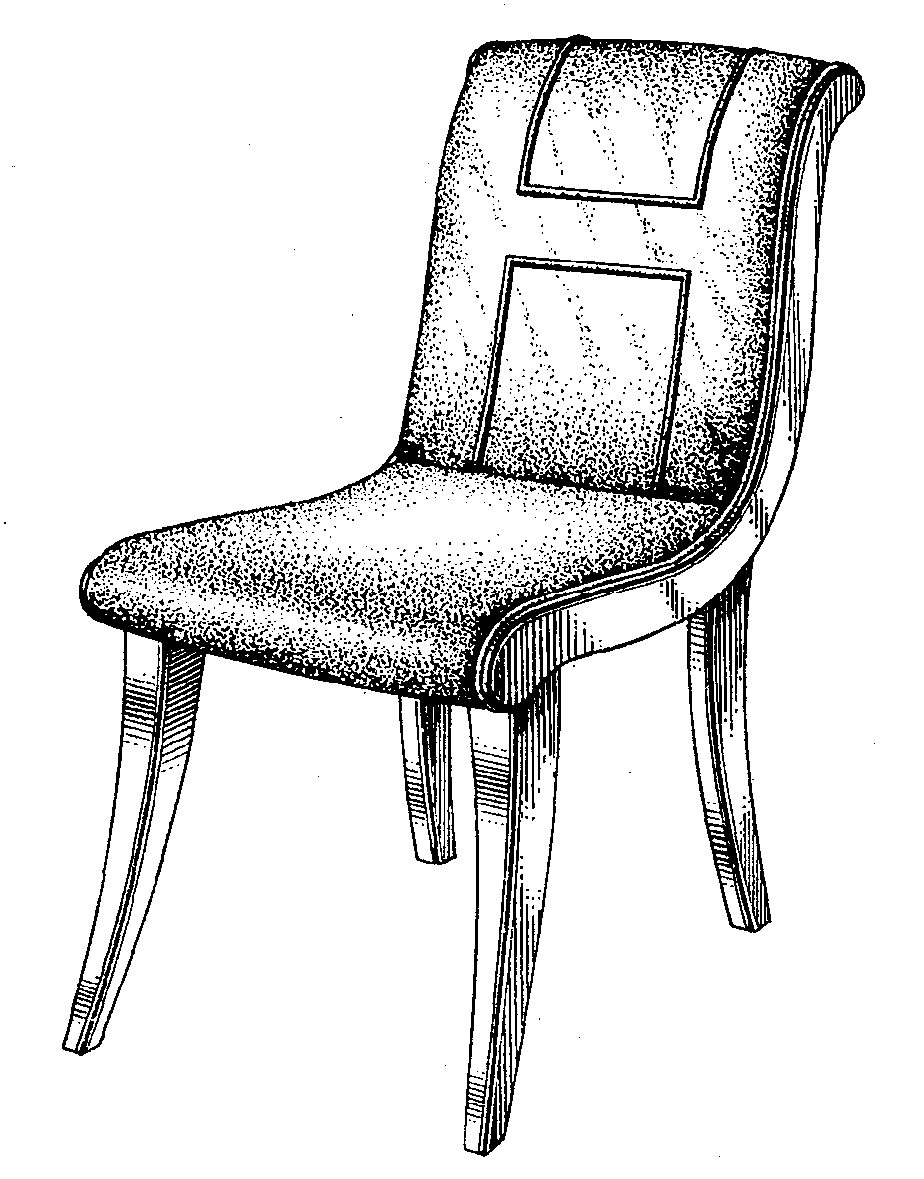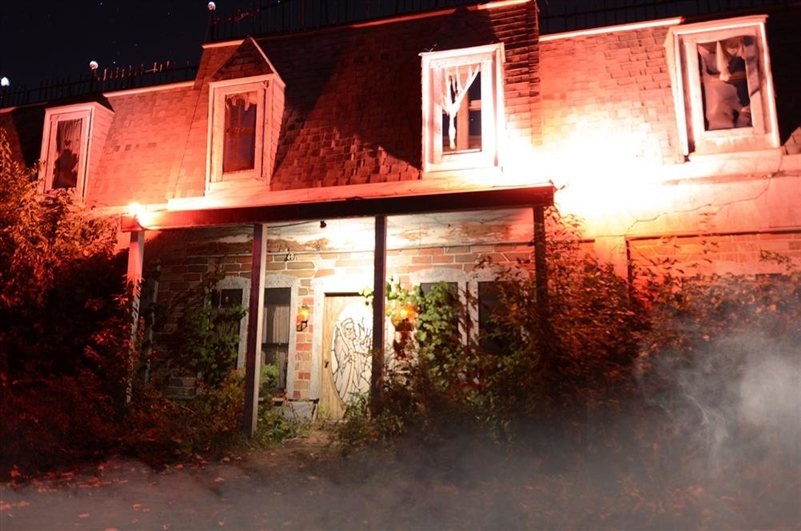Table Of Content

The style originated in France in the 1500s and became more popular in the 17th century and during the Second Empire. While the style eventually became popular in European and American homes and buildings, it’s generally considered a symbol of French architecture. In fact, the word"mansard" in French is derived from the 17th-century French architect François Mansart, who popularized the roof design.

Extra Attic Space
However, as these structures now need their roofs replaced, many owners are looking to modernize and enhance their properties' curb appeal. Metal roofing, like copper or zinc, adds a modern twist to this classic roof style. Metal is lightweight, durable, and offers exceptional resistance to weather elements. Its ability to be crafted into various shapes makes it ideal for the ornate details often found in mansard designs.
Types of Mansard Roofs
However, it was not until the early 17th century that the Mansard roof architecture became popular. François Mansart, who was an accomplished architect of the French Baroque period, started adopting this roof style into the buildings he designed for his clients. Thus, this roof architecture was christened as the Mansard roof in his honor. However, it was not until the early 17th century that this roofing style gained popularity. Ever since then, the Mansard roof has become an integral part of French architecture and is quite commonly seen in many buildings located in that part of the world. Builders and homeowners must carefully consider what roofing materials are suitable for a Mansard roof.
What Is a Modern Mansard Roof?
In addition to musical tastes and clothing trends, this is often the case with certain architectural styles. The only drawback is that you can’t install one on your house by yourself because it needs professional help from the contractors, due to its specific characteristics and design. Additionally, Mansard roofs can add a touch of elegance and style to your home. If you’re looking for a roof that can provide both efficiency and style, a Mansard roof may be the perfect choice for you. A high installation cost would usually point to increased maintenance and repair costs, and that could not be more true in the case of Mansard roofs.
History of the Second Empire Style
Up until the 19th century, they were usually referred to in England and North America as "Dutch roofs," and to this day still evoke a Dutch colonial or barn connotation. Because it was based on a contemporary movement in Paris, Americans considered the Second Empire style more progressive than Greek Revival or Gothic Revival architecture. Builders began to construct elaborate public buildings that resembled French designs. The mansard roof has two slopes to consider – the lower one with an angle of about 70 degrees, and the upper one with an angle ranging from 30 to 36 degrees.
Mansard Roof vs. Gambrel Roof
Second Empire buildings, because of their height, tend to convey a sense of largeness. Additionally, the facades are typically solid and flat, rather than pierced by open porches or angled and curved facade bays. This treatment is perhaps the simplest, most versatile roof shape that can be constructed. This treatment is a mix between the classic gabled roof and the four-sided mansard roof, in which all sides of a roof slope down to exterior walls at a consistent angle (with no breaks or changes in angle). The result is a pyramid-shaped roof whose slope is often shallow to create more headroom, or steep to create a dramatic presence. Despite their traditional connotation, gabled roofs can also be modernized through the use of contemporary materials and cleaner lines (lacking protruding gutters or overhanging eaves).
How Much Does a Mansard Roof Cost?
Rooftop Office by Dagli+ Atelier d’Architecture - Dezeen
Rooftop Office by Dagli+ Atelier d’Architecture.
Posted: Tue, 07 Dec 2010 08:00:00 GMT [source]
As we will recall, the mansard roof has two slopes on each side, with the lower slope having a higher (and almost vertical) inclination compared to the higher slope. The result of this is the creation of a much larger attic space than is possible with most other roof types. Pavilions are usually located at emphatic points in a building such as the center or ends and allow the monotony of the roof to be broken for dramatic effect.
Upper slope angle
I must say that it’s one of the advantageous roof forms that even led people in certain areas to save their taxes. The massive windows in this modern loft space set the tone of the stunning style of this space. The designers used glass dividers to separate the area while still allowing it to feel open. Discover the distinctive characteristics and benefits of a mansard roof in this comprehensive guide.
It was common in public buildings, commercial buildings, and some residential structures. Butterfly roofs are aesthetically arresting because of their non-traditional shape and the the fact that they allow you to install very large windows. Instead of having water and melted snow drip off the roof edges as it would in a gabled roof, water instead must be drained to the center of the roof where the two wings meet. If this area of the roof is not properly installed, it will only be a short period of time before water infiltrates inside. At the same time, it's often the humble shape of a shed roof that attracts designers, and it can work well in minimalist designs or when used in multiples.
Some people are also choosing mansard-style roofs in new construction because of the unique appeal they can add to a home's design. The loft area under the mansard roof can be designed with high windows, exposed beams, and natural wood accents to create a cozy additional space. Since François Mansart popularized this style of roof in the 17th century, numerous famous architects have followed suit and have used mansard roofs in their building designs.
While eye-catching, this may not be the best roofing type for every home. Our guide details the Mansard roof’s history and its pros and cons so you can determine if it’s the right fit for your home. While a mansard roof is similar to a gambrel roof, the two have distinct differences. Both gambrel and mansard roofs have short, low-slope top sections and steep lower sections. However, a mansard roof has panels on all four sides of a building, whereas a gambrel roof has panels on only two sides. This shape can offer more interior floor space on the upper level than a concave roof but will feature a narrow ceiling.
You can consider Gambrel roofs to be a modified version of a Gable roof. Well, unlike a standard Gable roof, which features a single slope on each side, a Gambrel roof has two slopes on each side. The top slope is a lot flatter in comparison to the bottom one, which almost seems vertical. While aesthetically appealing, the Mansard roof has several disadvantages. It’s also harder to maintain, as you can’t stand on the roof for inspections or repairs.










